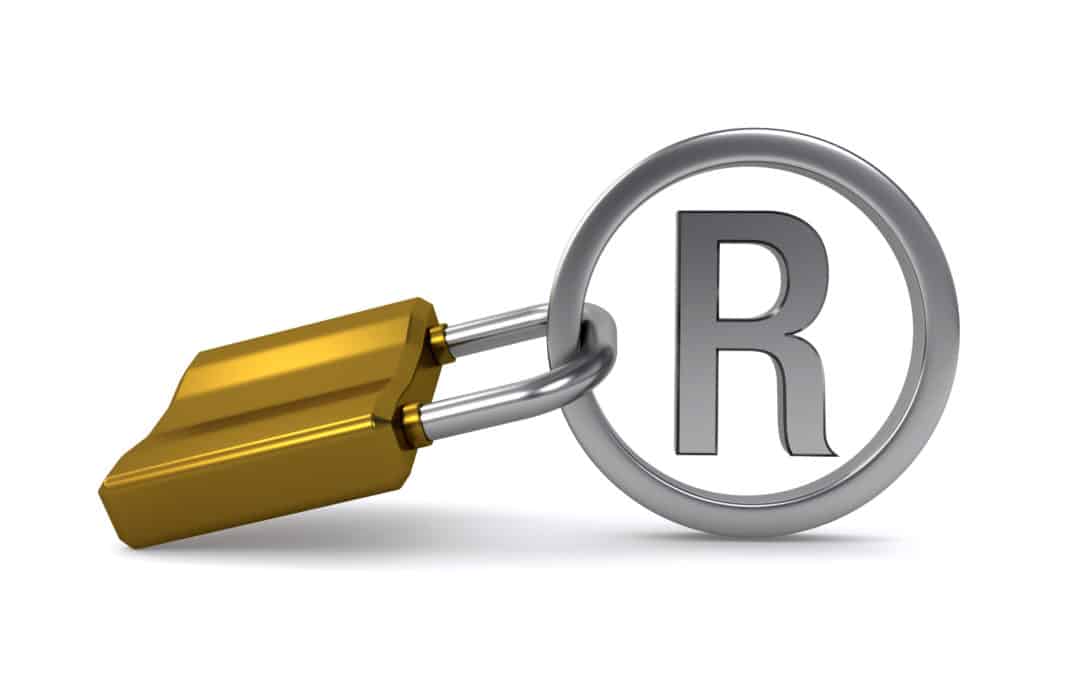Navigating the Waters of Trademark Infringement: Responding to a Cease and Desist Letter
Have you ever opened your email to find a cease and desist letter staring back at you? It’s a moment that can trigger a flood of questions and concerns. This guide is designed to help you understand what a cease and desist letter is, why you might receive one, and how you can respond effectively.
Always feel free to contact Verna Law, P.C. should you have received a cease-and-desist letter regarding trademark infringement at 914-908-6757 or at anthony@vernalaw.com.
Understanding Cease and Desist Letters
At its core, a cease and desist letter, sometimes also referred to as a demand letter, is a formal request for you to stop alleged infringement of a trademark. These letters are not just mere suggestions; they carry serious implications and are the first step in a legal process that can escalate if ignored.
When the Unthinkable Happens: Receiving a Letter
The moment you receive a cease and desist letter regarding trademark infringement, it’s crucial to handle the situation with care. Here’s a roadmap to guide you through your initial response:
- Stay Calm and Review: Before reacting, take a deep breath. Understand that this letter is a common tool in protecting trademark rights, not an immediate lawsuit.
- Understand Your Options: Generally, your responses could range from outright denial of the infringement to seeking clarification or evidence from the trademark owner. Here are a few routes you might consider:
- Engage in Dialogue: You might refute the claims or ask for more specific evidence of the alleged infringement.
- Negotiate: There’s often room to negotiate a mutually agreeable solution, such as a licensing agreement.
- Seek Legal Counsel: Given the potential legal ramifications, consulting with an attorney specialized in trademark disputes is advisable.
- Consider Legal Action: In some cases, filing for a declaratory judgment that your mark does not infringe on the trademark in question might be the best course.
Taking the Next Steps
Responding to a cease and desist letter is not a one-size-fits-all situation. Here are actionable steps you can take immediately:
- Document Everything: Keep a record of all communications and relevant documents related to your use of the trademark.
- Conduct Your Own Research: Utilize resources like the USPTO’s trademark database to understand more about the claimed trademark and its registration status.
- Seek Expert Advice: Even if legal representation seems costly, the right attorney can help navigate these complex waters and potentially save you from more significant expenses down the line.
The Importance of a Valid Trademark
In the world of trademarks—encompassing names, logos, slogans, motions, or sounds—the right to exclusive use plays a crucial role. These trademarks, when associated with the sale of goods or services, act as identifiers, setting the products of one business apart from another. However, the authority to enforce a trademark through a cease and desist letter hinges on a key requirement: the trademark must be validly registered and actively used in commerce.
The journey to trademark registration in the United States navigates through the United States Patent and Trademark Office (USPTO). It begins when an entity, believing in the uniqueness of its mark, decides to stake a claim to its exclusive use. An interesting facet of this process is the “Intent-To-Use” application, which allows an entity to signal its plans to use a trademark in commerce in the foreseeable future, even before such use begins. This provisional step acknowledges the intent behind the trademark, setting the stage for its eventual active use.
Following this, the critical act of using the trademark in commerce must occur. This involves not just a declaration but the provision of a “specimen”—concrete evidence that the mark is being used in the marketplace. Acceptance of this specimen by the USPTO, coupled with a review that flags no issues, results in the formal registration of the trademark.
Achieving registered status is more than just a bureaucratic milestone; it confers on the registrant the exclusive right to use the mark for the designated goods and services. It also empowers the trademark holder to legally challenge others who might use a similar mark in a way that could cause confusion among consumers regarding the source of goods or services. This right is both a shield and a sword: a protection against infringement and a tool to enforce the exclusivity that a trademark signifies.
FAQs in the Face of a Cease and Desist
- Does this mean I’m being sued? No, receiving a cease and desist letter does not mean you are currently facing a lawsuit. However, it’s a clear signal that legal action could be on the horizon if the issue remains unresolved.
- What if the trademark isn’t registered? Trademark rights in the U.S. can arise from actual use of the mark in commerce, not just registration. Even without federal registration, a trademark can have protection under common law.
Why Your Response Matters
Ignoring a cease and desist letter is rarely advisable. Not only can it lead to a lawsuit, but it can also result in increased damages if the court finds you acted recklessly. Conversely, engaging thoughtfully with the process can often lead to a resolution that avoids court altogether.
Engage with Confidence
Navigating the response to a trademark cease and desist letter can be daunting, but you’re not alone. Armed with the right information and professional advice, you can address the situation with confidence. Remember, the goal is not just to resolve the current issue but to establish a clear path forward for your brand’s future.
Always feel free to contact Verna Law, P.C. should you have received a cease-and-desist letter regarding trademark infringement at 914-908-6757 or at anthony@vernalaw.com.


Recent Comments